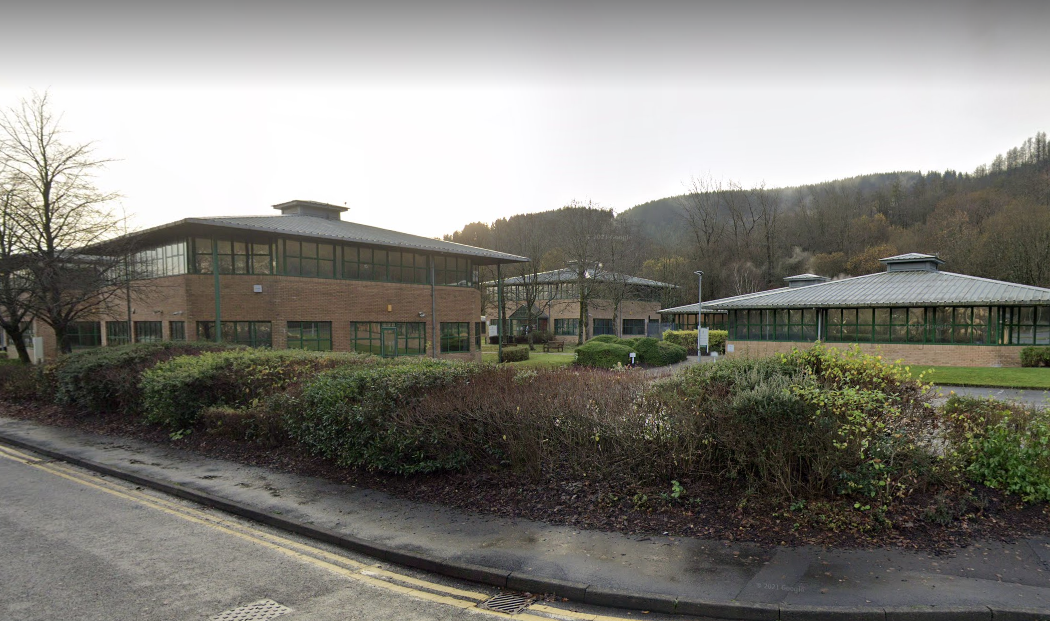Cabinet will receive an update on important work to identify early budget reduction measures and operational changes that will reduce a projected budget gap faced by the Council for 2025/26.
In September, Cabinet received an update on the three-year Medium Term Financial Plan, which provides the context for work towards setting next year’s budget. Officers noted that difficult financial decisions will continue to be faced, with the public sector suffering from a sustained period of real-term reductions in funding. Factors like cost of living pressures also bring increased demand and costs across services, particularly social care.
Conclusions from early budget planning were also reported to Cabinet in September, including the forecasted budget gap that will be faced for 2025/26. In a modelled scenario of a cash-flat settlement from Welsh Government, a gap of £35.7 million is forecast for 2025/26, rising to £91.8 million across the next three years. This includes an assumed 4% rise in council tax for each of the years, and the continued prioritisation of schools funding.
A report to Cabinet on Wednesday, November 20, provides an update on the Council’s work to identify and deliver reducing measures, that have enabled early savings to be made. Activity in the summer and early autumn months has identified a range of measures that can now be reported.
More than £7.1 million is identified in general efficiency measures, that can be made with minimal impact upon services – across Education and Inclusion Services; Corporate Services; Finance, Digital and Frontline Services; Public Health, Protection and Community Services; and Social Services.
An extra saving of £160,000 is identified through Operational Service Reconfiguration. An example of this is closing and ending maintenance of four bowling greens that have not been used by the public for a significant period of time, and the removal of four automatic public conveniences. Further detail about these is included in the Cabinet report.
The report adds that a further £2.88 million saving can now be factored into the budget, following decisions previously made by Cabinet. These include updated levels of Council Tax Premiums for long-term empty properties, and changes to Home to School Transport and waste management arrangements. In addition, changes to the senior management in Legal and Democratic Services has delivered a further saving of £70,000 that can be factored in.
In total, budget reduction measures made to date amount to £10.28 million, that can be set against the projected budget gap the Council will face in 2025/26.
A Rhondda Cynon Taf Council spokesperson said: “This important work by has been completed early in the budget-setting process, identifying more than £10 million savings already. The Medium Term Financial Plan update shared in September modelled a budget gap of £35.7 million for next year. The early identification of such significant savings puts the Council in the best possible position to set a legally balanced budget for next year that protects key services as much as possible.
“A key element of this early work has identified £7.1 million in general efficiency measures for 2025/26 – on top of £13 million of efficiencies included in our current year’s budget, and £16 million the year before. Such savings represent a positive contribution to reducing our budget gap, while having no impact on services. However, after many years of austerity, the Council has had to meet its largest-ever budget gaps in each of the past two years. Identifying such significant savings through efficiencies is increasingly difficult year-on-year.
“Work will continue over the months ahead to develop the draft Budget Strategy in a prudent and well established approach. The Council is currently consulting residents in phase one of its annual consultation, collecting people’s views on priority service areas, council tax levels, and efficiency savings. The second phase of consultation will take place in the New Year, focusing on a specific draft budget strategy based on Welsh Government’s provisional settlement. All feedback received across these two phases will be considered in the final decision making.
“The provisional settlement itself is expected on December 10 – and, with every 1% variation equating to £4.9m in Council funding, this will be vital in determining our exact position for next year. While the recent UK Government budget showed signs of improvements to funding levels across the public sector, the Council still has to prepare for difficult decisions in the short and medium term.”



